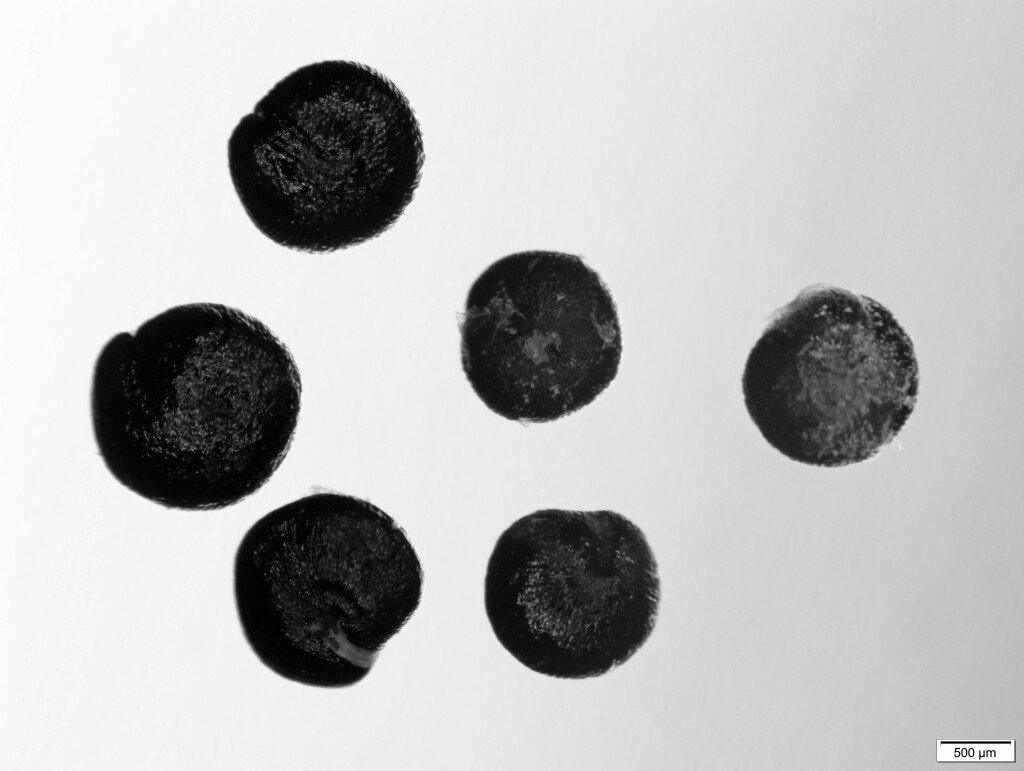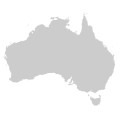Rhagodia parabolica
R.Br. Fragrant SaltbushRounded shrub to c. 2 m high. Leaves opposite or subopposite, distinctly petiolate, broadly elliptic, ovate, rhombic or obtusely hastate, 1.5–4 cm long, 7–25 mm wide, mealy grey-green, covered with glistening vesicular hairs. Inflorescence a pyramidal panicle, to c. 15 cm long and wide; perianth mealy on outer surface, tepals c. 1 mm long, enlarging (to c. 1.5 mm long) and usually reddening in fruit. Berry 2–3 mm diam., subtended by enlarged fruiting perianth; seed 1.5–1.8 mm diam., the surface faintly ribbed radially. Flowers mostly Sep.–Jan.
MuM, VVP, VRiv, GipP, OtP, WaP, Gold, CVU, HSF. Also NT, SA, Qld, NSW. In Victoria occurs on a few steep rocky slopes and broad ridges between Sunbury and Geelong (e.g. Jacksons Creek, Long Forest, Werribee Gorge, Steiglitz, Buckleys Falls on the Barwon River), but locally rather common, and in mallee at a few scattered locations in the northwest. The common name refers to the fragrant flowers, not the foliage which is usually malodorous.
Walsh, N.G. (1996). Chenopodiaceae. In: Walsh, N.G.; Entwisle, T.J., Flora of Victoria Vol. 3, Dicotyledons Winteraceae to Myrtaceae, pp. 129–199. Inkata Press, Melbourne.
 Spinning
Spinning


